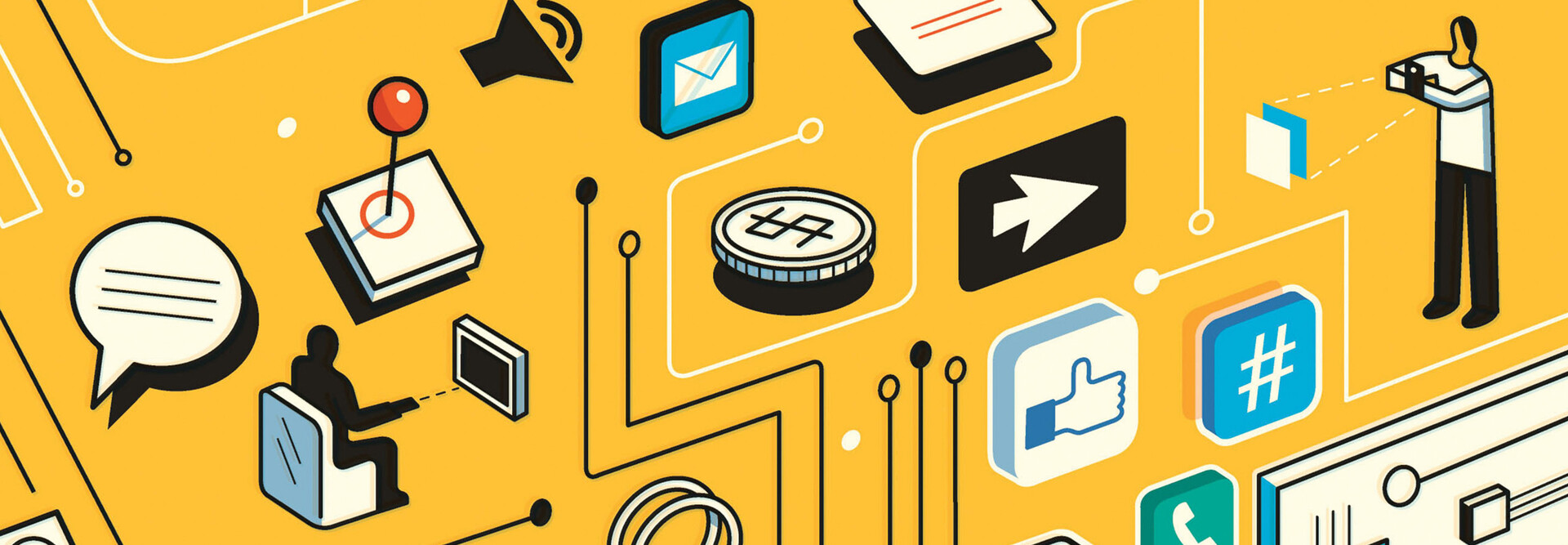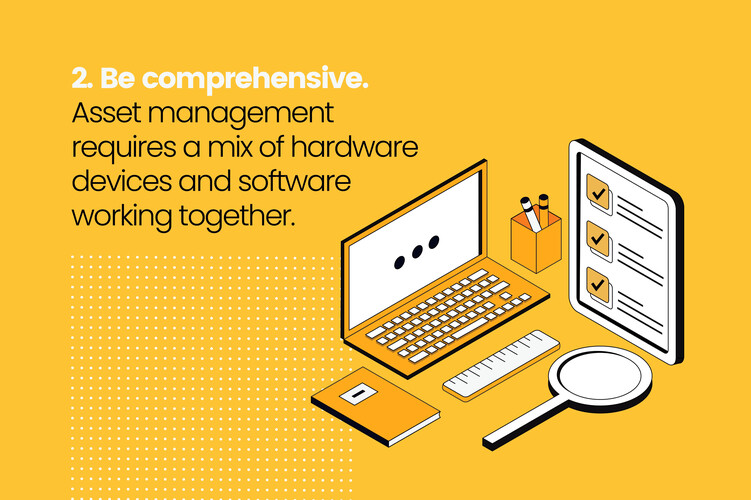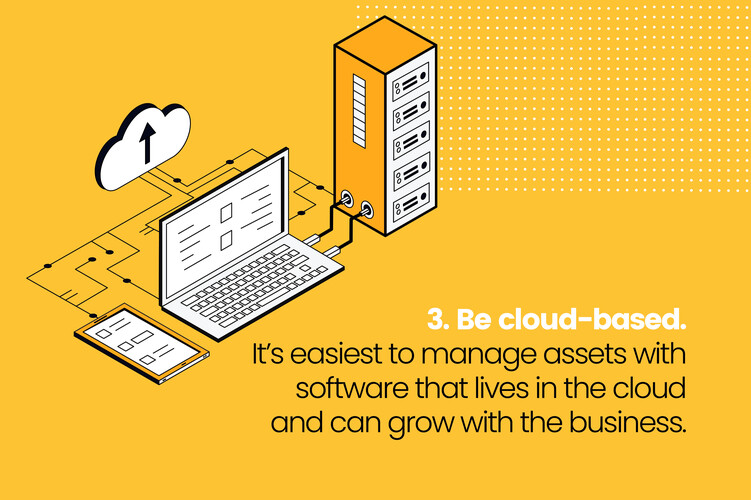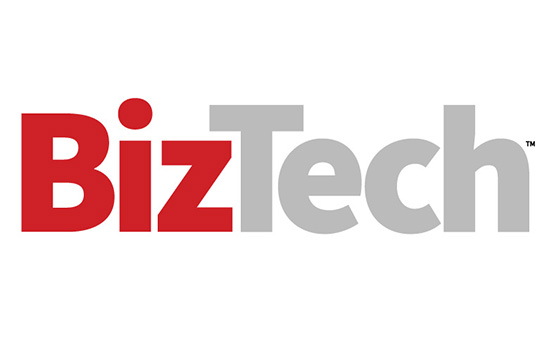As vice president of development at Lipari Foods, Joe Beydoun wears many hats. One of them, he notes, involves the management of inventory and the technologies the company depends on to track and move its products.
Beydoun explains that he’s focused not only on what Lipari has in stock but on how those items are handled by warehouse workers and ultimately loaded onto trucks for delivery.
“Real-time visibility is critical,” he says. “We’re constantly monitoring every task, every hour, every minute.”
The Michigan-based distributor of specialty wholesale foods typically has around 3 million cases of product in its main warehouse and regional depots. Pound cakes and English muffins, sweet potato fries, garlic asiago chicken sausages and rosemary cracker crisps are all packed in boxes stacked high on wooden pallets, ready for shipment to stores in 32 states.
Lipari’s tractor-trailers can be seen on highways across the country on their way to local markets, convenience stores and big-box retailers, among other outlets. Demand for the company’s high-quality brands has increased significantly in recent years, and that’s led to rapid expansion, mostly through acquisitions.
Click the banner below to keep reading stories from our new publication, BizTech: Small Business.
How Lipari Foods Tracks Assets
While all of that is good news, of course, it’s also meant that effective inventory management is now more important than ever. The company can’t afford to lose customers to misplaced products or missed deliveries, so it leans on Beydoun and the technologies at his disposal to ensure every item gets where it needs to go. “We have to be very efficient in how we pick, and we also don’t want to mis-pick anything,” he explains.
With that in mind, he’s come to rely on a pair of solutions from Honeywell. Employees use a tool called Honeywell Voice to speed up and improve accuracy when identifying and retrieving products from storage, and they use Honeywell’s wearable scanners for barcode scanning and data capture.
The “voice pick” technology, as it’s known, requires workers to wear special headsets as they move from pallet to pallet around the warehouse. When an order is received in the company’s warehouse management system, it’s instantly relayed to the Honeywell device and converted into a voice command. The employee is told exactly where to go for their next pick and how many cases or units they should collect.
As for the wearable scanners, they’re used by employees to confirm that they picked the correct product. They move on to their next case when a barcode checks out, or pick again to fix their error in the event that it doesn’t.
Beydoun describes the two devices together as “the best of both worlds” in inventory management. “You’re scanning for accuracy and voicing for productivity. It really is a win-win situation.”
How To Simplify Asset Management
Effective asset and inventory management is essential to any company’s long-term success. No matter the equipment used to run a business, or the goods and materials that business might sell, it’s important to know what you have and what you need to operate efficiently and effectively.
“As businesses continue to streamline their supply chain, production and logistics operations to remain competitive, the demand for efficient inventory management software has never been higher,” notes a recent report by Gartner Digital Markets. Similarly, according to Technavio, as companies look to improve their approach to asset management, they’re buying software built for this purpose that can “optimize their infrastructure and reduce costs.”
FIND OUT: Compliance management software is improving small business efficiency.
The good news for companies such as Lipari is that a slew of new technologies are making inventory and asset management easier than ever.
Retailers, for example, now have access to inventory optimization software that can track products in stock, forecast demand and automate the ordering of supplies.
In the manufacturing sector, nearly 80% of companies report that they’ve implemented or plan to invest in software designed to optimize supply chain planning, according to a study by management consultant Deloitte.
And in healthcare, an industry where an estimated 10%-20% of medical equipment is misplaced, stolen or lost, hospitals are using radio-frequency ID and barcode technologies, sometimes in combination with artificial intelligence, to track the critical devices they depend on to provide patient services.
Beydoun says he hopes to introduce visual inventory management tools to refine Lipari’s warehouse processes even further. He recently tested one solution, for example, that uses cameras and AI to calculate exactly what’s stocked on any given pallet.
“The technology is constantly evolving,” he says, “and with it, inventory management is getting better and better.”
The Latest Warehouse Management Tech
Another business that’s benefited from the latest developments in inventory and asset management is New York Community Financial. An affiliate of Community Financial Services Centers, the company provides services such as check cashing and money transfers to individuals and small businesses.
“What I wanted was a streamlined solution where I could manage everything at the touch of a button,” says Ramses Peralta, the company’s director of IT and CISO.
In Peralta’s case, among the assets he’s tasked with overseeing are nearly 150 Brother printers across the small business’s locations in in New York and New Jersey. Business customers, in particular, use the devices to securely print financial documents, while store managers use them to print money orders and to send records and reports to the accounting and HR departments back at company headquarters.
For his purposes in IT, Peralta says, the Brother devices include a number of features designed to simplify management. The company’s BRAdmin Professional tool, for example, displays the status and activity of all networked devices in a single window. And its Remote Panel feature allows him to access any printer, anywhere from his office. (Brother also makes barcode-labeling printers used for inventory management in the manufacturing industry.)
“If a printer’s toner is low, I can see that and go ahead and make sure we get more,” Peralta says. He can also update firmware remotely, and if he wants to add features or change a printer’s settings, he can do so in just a few seconds. “It’s all at my fingertips. It makes my
job easy.”

















